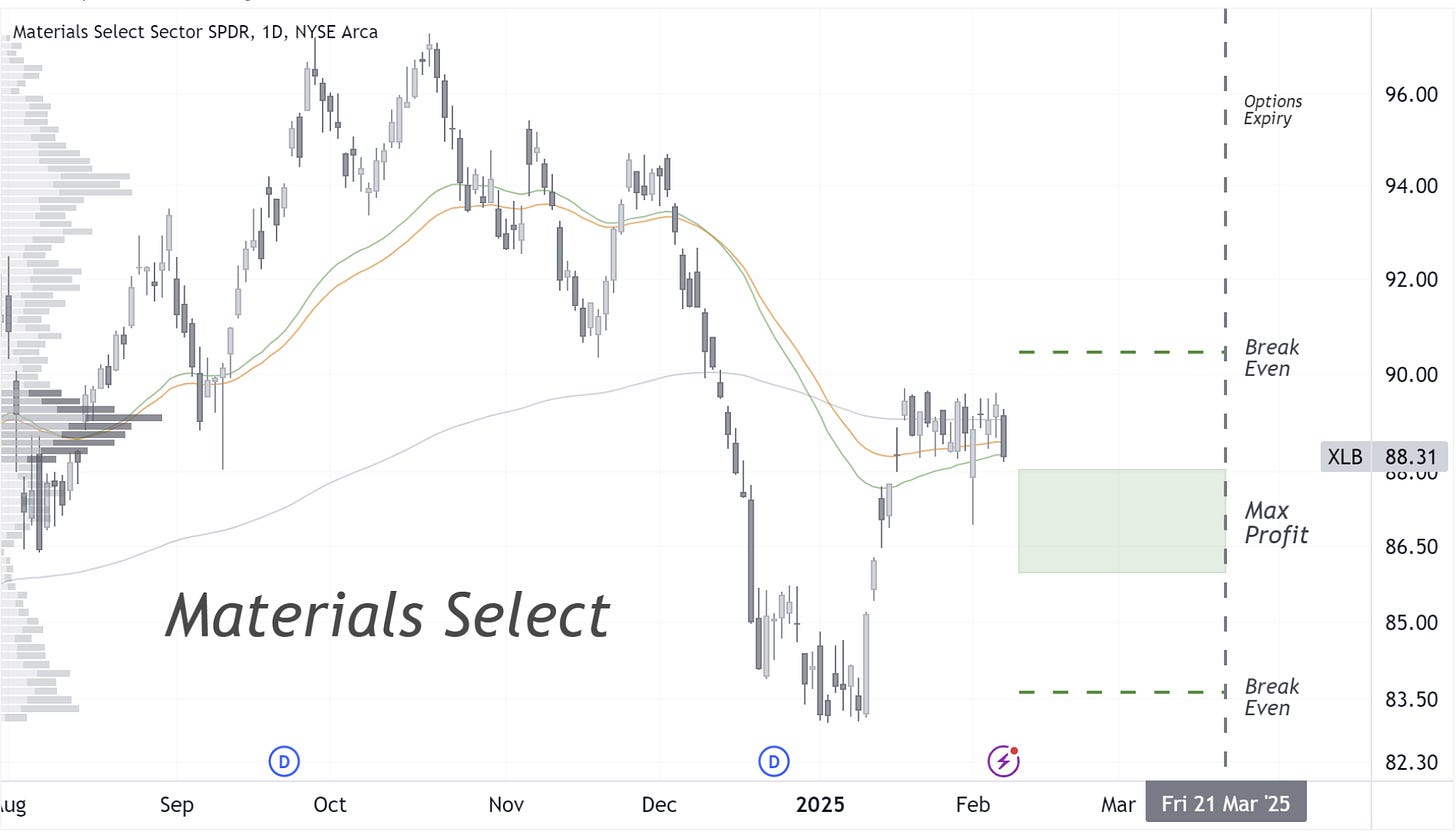The easiest way to make sure your house never collapses is to leave the ceiling where it is and raise the floor. Apparently, Treasury Secretary Scott Bessent has taken this to heart and decided that he would rather have a flatter yield curve - by forcing long-term rates lower - than let the free market do its thing. Mainstream pundits are hailing this as a pro-growth move, but we all know that larger and well-rated corporations benefit when long-term borrowing becomes cheaper, while smaller or riskier folks, the backbone of the real economy, are left with more expensive or limited access to credit.
Scott's pulling it off by shifting new bond issuance to shorter maturities and limiting supply at the long end, effectively capping long-term yields. Sure, that can drive up asset prices - especially for the mega-cap growth companies that drive most indexes - and make it look like all is fine and dandy. But beneath the surface, more liquidity for giant corporations doesn't necessarily create jobs or raise wages. If anything, the big players keep rolling over cheap debt while small caps and your local entrepreneurial hero can't catch a breath. The herd sees a Fed that may eventually pause or cut rates, the wealth effect of rising stock prices, and calls it a win. It's an illusion. Scott's yield-curve engineering leads to capital misallocation, crushes regional banks' net interest margins, and stifles real economic growth - all so the market can keep dancing for another quarter.
Is this brilliant or just another short-term patch in a system that avoids real price discovery? You decide. I, for one, sniff out illusions before they start to stink: a goose in equity valuations doesn't solve structural debt problems or the fact that outside of those big corporations, credit is still expensive. Flattening the curve can be a nice parlor trick - until the real economy calls time on the show.
Below, as always, the minimum you need to know to get a feel for what’s cooking:
Just When You Thought Inflation Was Tamed...
After months of complacency - inflation is cooling, relax - the market has suddenly refocused on the CPI print. Analysts now see a real chance of a hotter-than-expected reading, driven by rising energy and sticky service costs (especially shelter). Option-implied volatility is back near last year's levels, reflecting the market's new fear that inflation won't just slide from 3% to 2%.
Low-Income Fast Food Consumers
Goldman's lower-income activity dashboard lights up with conflicting data: jobs are down, but wages are up; McDonald's says value-menu traffic is down, but discount retailers are still packed. Credit use is up, and personal savings remain depressed, pointing to an increasingly fragile consumer at the bottom. The lower quartile of spenders appears to be under stress - potentially limiting a broader retail rebound in the coming quarters.
High-Income Luxury Spending
After a brutal downturn in luxury - especially in China - Gucci just reported a modest point of stabilization. Numbers remain weak, but big spenders are coming back and some marquee brands have outperformed expectations. Certain high-end segments may be bottoming out, and if Chinese demand returns and Western discretionary budgets hold up, the luxury sector could become a surprising bright spot.
Get Rich Overnight with Options? Yeah Right...
TUESDAY TARGET: Materials are bumping their head, and a slightly bearish-tilted condor never hurt anyone. We obviously think it’s fairly priced - if not overpriced - but only the high-conviction sector specialists truly know ;-)
Some trades look great on paper, but execution is what separates real results from empty hype. If you’re wondering exactly how we’re approaching this one—when to enter, adjust, or exit—check out the full breakdown in our Trade Alerts section. No jargon, no fluff—just a clear, step-by-step look at the process.
Not sure if options trading is even your game? Fair enough. Skip the guesswork—jump on a free 20-minute Zoom call with me. No sales pitch, no pressure—just a straightforward chat to see if learning stock options with me as your mentor makes sense for you.
Please note, all content is for educational purposes and isn't personalized for individual portfolios or financial advice. Curious about putting any of these ideas into action? Juri von Randow is here to offer guidance or connect you with the right resources.











Share this post